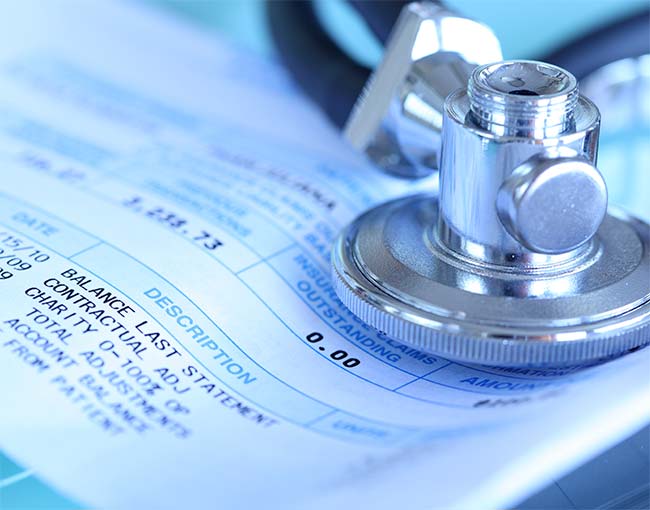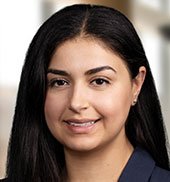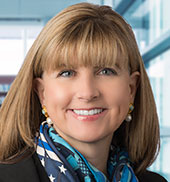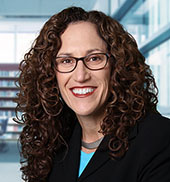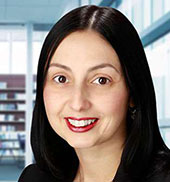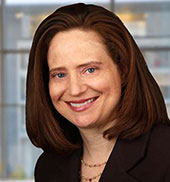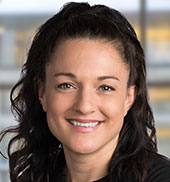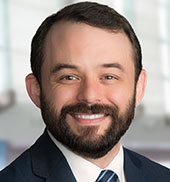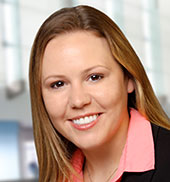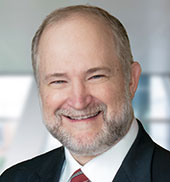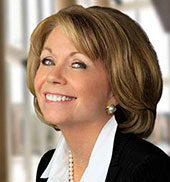On May 21, 2014, the Office of Inspector General (OIG) issued a Supplemental Special Advisory Bulletin (“Bulletin”) on independent charity patient assistance programs (PAPs). The Bulletin, which supplements the 2005 guidance issued by the OIG, made clear that while PAPs serve an important function of providing cost-sharing assistance for prescription drugs to patients in financial need, they also present a risk of fraud and abuse to Federal health care programs.
The OIG explained that if donor contributions to PAPs are made to induce the PAP to recommend the donor’s Federally reimbursable items or if a PAP’s grant of financial assistance to the patient is made to influence the patient to purchase certain items, the Antikickback Law is implicated. Although pharmaceutical manufacturers can make cash contributions to PAPs, several factors are fundamental to a properly structured PAP for compliance with the Antikickback Law. The OIG focused on the following three factors in the Bulletin: structure of disease funds, selection of recipients and conduct of donors.
Disease funds
The Bulletin explained that while donations to PAPs may be earmarked for one or more broad disease funds, if PAPs define their disease funds too narrowly, earmarking may result in the donor subsidizing its own products. Of particular concern to the OIG are disease funds defined by reference to stages of a particular disease, the type of drug treatment or any other way of narrowing the definition of widely recognized disease states. Also noted as problematic are disease funds that cover only a single product or the products of a single manufacturer who is a major donor to the fund or disease funds that limit assistance to a subset of available products (e.g., cover copayments only for expensive or specialty drugs instead of all FDA approved products for disease treatment).
The OIG observed that narrowly defining disease funds or limiting disease funds to provide assistance only for expensive drugs leads to steering the patients toward the drugs for which assistance is available and increases the likelihood that donors can use PAPs as improper conduits to subsidize patients who use the donors’ products. To minimize such concerns, disease funds should be defined in accordance with widely recognized clinical standards and in a manner that covers a broad spectrum of products.
Eligible recipients
The Bulletin emphasized that PAPs must determine eligibility based on a reasonable, verifiable and uniform measure of financial need that is consistently applied. While PAPs may consider factors such as local cost of living and the scope and extent of a patient’s total medical bills in determining eligibility, the cost of a particular drug is not an appropriate stand-alone factor for determining individual financial need for PAP eligibility. Generous financial need criteria, especially where a fund is limited to a subset of available drugs or the drugs of a major donor, may indicate intent to fund copayments for particular drugs in order to induce the use of those drugs.
Conduct of donors
The Bulletin noted that actions by donors to correlate their funding of PAPs with support for their own products may be evidence of a donor’s intent to channel its financial support to copayments for its own products, thereby implicating the Antikickback Law.
The Bulletin also noted that some charitable PAPs that received favorable OIG advisory opinions may include the above described suspect features. The OIG indicated that the OIG will contact such PAPs and explain how the OIG will work with them to ensure that the approved arrangements are consistent with the new guidance.
A copy of the Bulletin can be found here.
Milada Goturi is a partner in Thompson Coburn's Health Law Practice Group. She can be reached at (202) 585-6951 or mgoturi@thompsoncoburn.com.

